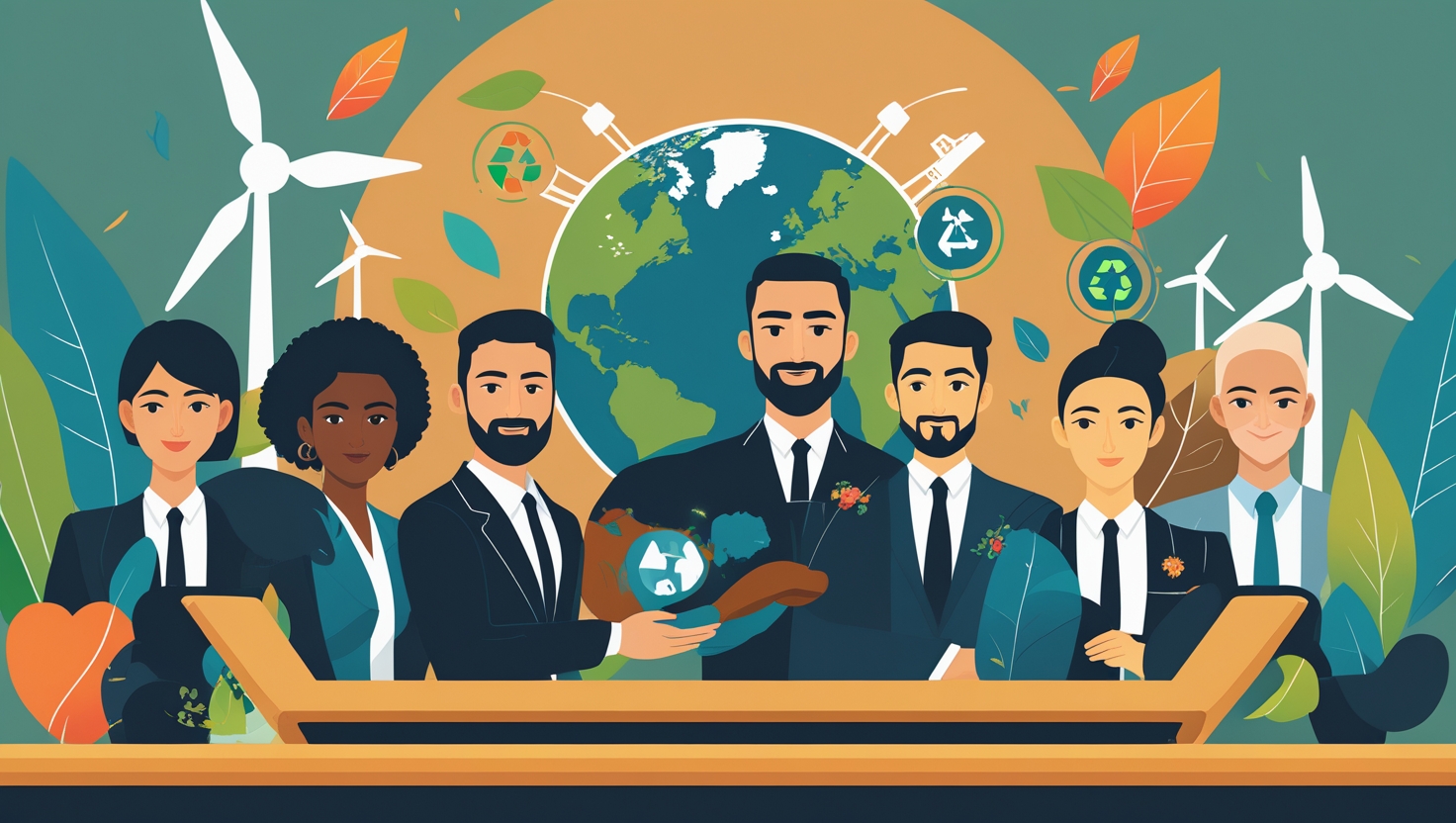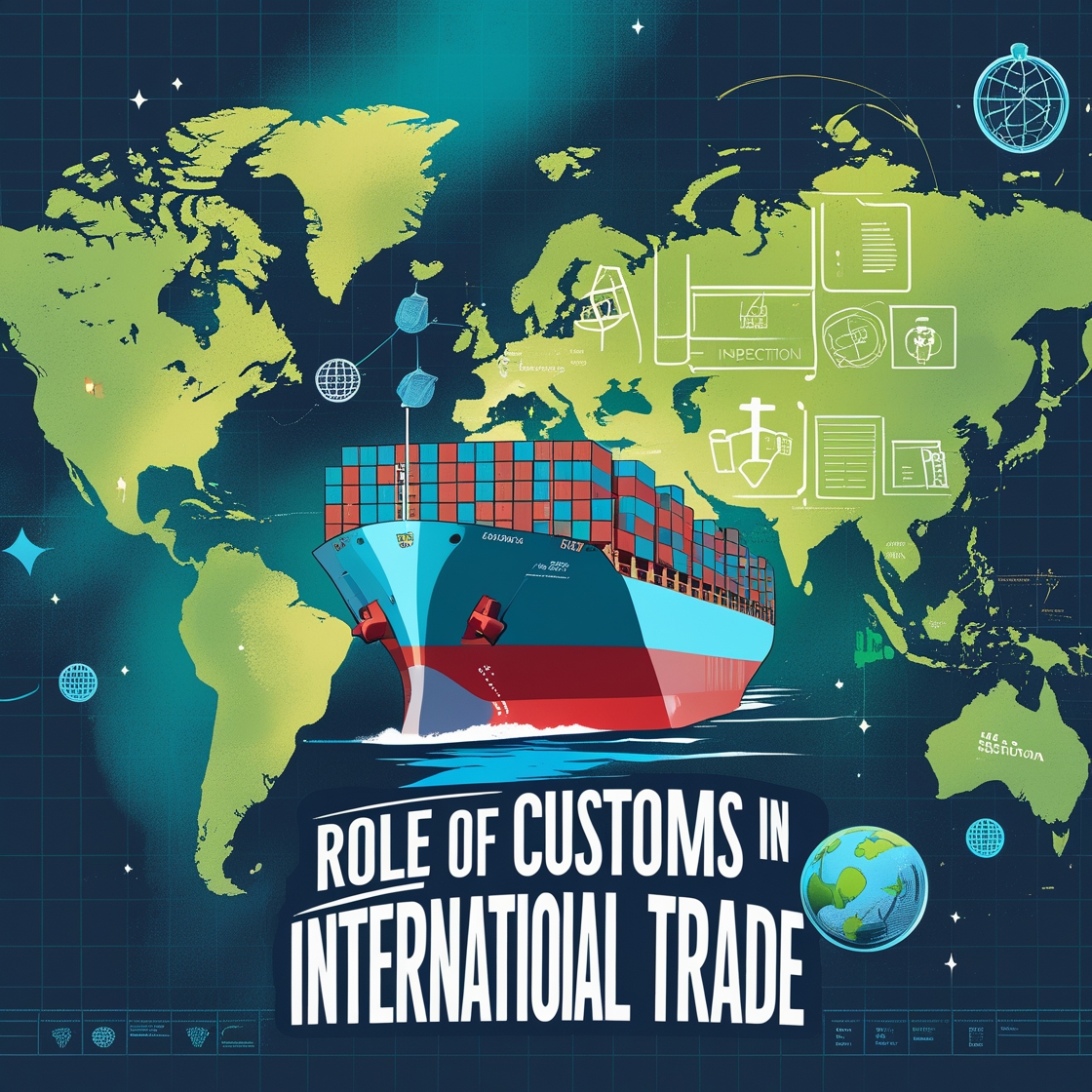Global trade has connected markets and businesses from across the world. This has enabled the growth of the economy worldwide as it has created a web of networks starting from production to distribution and transportation in between. It is known as the global supply chain. The intricate network of global supply chains has big effects on the environment. It requires lots of energy to keep it running like a well-oiled machine. Greenhouse gas emissions and waste generation are two of the most significant ways global trade exacerbates environmental damage. But by adopting sustainable practices, industries can reduce the burden on the environment by a big margin. This will ensure the long-term survivability of the global trade industry.
The Environmental Impact of Global Trade
Global trade has a deep impact on the environment, even though it might not be visible on the surface. The International Maritime Organization has reported that international shipping contributes to 2% of global CO₂ emissions, which is roughly equal to 700 million tons of CO₂ annually. At the same time, the World Bank has reported that manufacturing and packaging related to globally traded goods have generated billions of tons of waste per year.
As international trades expand, keeping up with the increasing demands, so do transportation activities. This has equally impacted water, soil and air pollution. The aviation industry accounts for very little in global shipping, but that small percentage still contributes to the 2.5% of global CO₂ emissions. If proper measures are not taken to address the emissions issues of global trade, emissions might increase by 40% by 2050.
Sustainable Practices
Green Logistics and Transportation
Transportation of goods is a key part of global trade. In order to make global trade sustainable, more focus should be given to transportation. Some of the initiatives to make the process more sustainable are mentioned below.
- Energy Efficient Shipping: In order to promote environmentally friendly ships and maritime engines, IMO has introduced the Energy Efficiency Design Index. This will encourage shipbuilders and shipping companies to adopt more green and energy-efficient ships.
- Alternative Fuels: Naval industries are also working to develop ships that will be able to use fuel with less environmental impact than the oil ships currently use. The use of biofuels, LNG and Hydrogen can reduce carbon emissions substantially. As the world’s largest shipping industry, Maersk has pledged to be carbon neutral by 2040. This target will be accomplished by decreasing reliance on conventional fuels and using green methanol and low-emission technologies.
- Electrification: The EV industry is growing rapidly and consumers are adopting at a faster rate to ensure sustainability. Moreover, trucks and cargo haulers are also taking advantage of this rapid advancement. Even the shipping industries are shifting towards creating solar panel-based electric ships.
Digitization and Smart Trade Technologies
Digital tools can reduce waste by increasing efficiency in supply chains. Some of the technologies to adopt are:
- Blockchain Technology: Using blockchain technology will ensure transparency in the supply chain. The ledgers will contain all the data that the parties involved will be able to access easily. This will reduce fraud and waste of time as businesses will be able to keep track of their goals.
- AI Powered Logistics: By analyzing data AI can help generate optimal routes for shipping. This increases efficiency and reduces the time of transportation which reduces fuel usage and cost. Global shipping companies like DHL have reported an 8% reduction in emissions by implementing AIs into their optimization.
Sustainable Packaging
Packaging materials are a huge contributor to global waste. Consumers usually discard them after receiving their goods. Some of the ways businesses can reduce this waste are:
- Biodegradable and Recyclable Materials: Plastics have long been used in packaging. They are not biodegradable and tricky to recycle, so they are the most common pollutant on the planet. Nowadays paper based and biodegradable plastics from cellulose are gaining traction for alternative packaging. Companies that use paper-based alternatives for packaging have reported a 30% dip in waste. Adopting these greener packaging widely will ensure long-term sustainability.
- Reusable Packaging Systems: Rather than discarding after a single usage, packaging materials can be used multiple times to reduce waste. Various e-commerce giants, such as Amazon, are taking the initiative to implement this system.
Sustainability in global trade has become a must. It is for a better future for our posterity. Green practices such as green logistics and digital innovations can greatly help in the reduction of carbon footprint. For a better and greener tomorrow stakeholders should collaborate with one another to implement the measures necessary.


